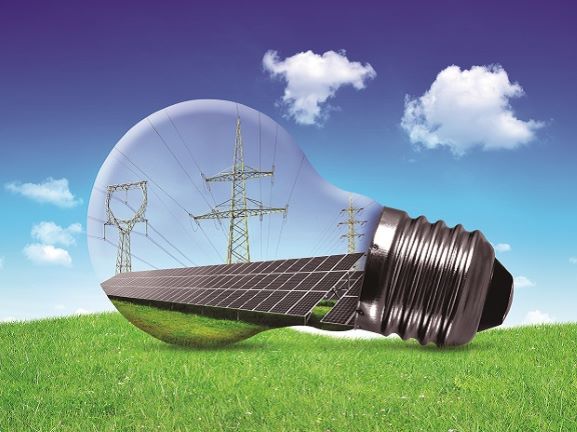

Good Distribution, Good For Renewables
Based on the stories that have come out so far, the following aspects of the proposed new scheme to clear India’s discom mess have emerged. Called ADITYA (Atal Distribution System Improvement Yojana), the new scheme could be announced as early as February 1, with the union budget presentation.
First, the scheme will reward performing discoms with central grants, with a total corpus of Rs 1.10 lakh crores available . That’s close to $15 billion dollars.
Secondly, discoms that are unable to meet targets for improvement will have to privatise, to cut the risk of draining future taxpayer funds on them.
Finally, the big expectation from the scheme would be a massive overhaul of the distribution network, from network overhaul, to expansion to importantly, the seeding of smart meters across the systems consumers, including its 250 million households. this is the part that excites the government right now, with the possibility of attracting almost 3 lakh crores into the sector upto 2024 by its estimates. Yes, that’s close to $43 billion for the power sector to reform for good.
Now lets look at why this move could provide the renewable energy sector with fresh momentum over a period of time. Quite simply, it has to, otherwise we will never meet our targets, both short term (10 GW in 2020), medium term (100 GW total by 2022), and long term (500 GW by 2030). Thus, leaving the discom mess unfixed would imperil the country’s complete national climate goals , one of which is to reach 40% share of renewables by 2030. So how will it help?
Straightaway, the availability of central support will mean a fresh opportunity for discoms in the richer states to clean up when it comes to their dues owed to the power producers (almost Rs 81,000 crores at last count) to Renewable energy providers (almost Rs 6,000 crores). The entry of these dues back into the system would go a long way in pushing key projects ahead again.
Next up would be the impact of smart metering. As more and more households across the country are brought in, it means much better data quality for suppliers to plan ahead. Increasing share of renewables in the grid will benefit a lot from this better data, as issues of grid stability and future grid planning are more data led. Issues like the actual cost of subsidies to agriculture and other consumer categories, where supply is on a fixed cost basis, will also help weed out discom inefficiencies . Right now, subsidies frequently serve to cover up poor practices elsewhere.
Better discom health could also lead to far reaching changes, in the form of more progressive policies on open access sales of renewable power, besides sticking to progressive policies on rooftop like net metering. We have seen an alarming regression to a push towards positively harmful policy changes recently, including gross metering, which has arrested rooftop solar growth.
Changes under the new policy, when taken in conjunction with the many trackers that have been built for tracking power policies and progress across states, be it the Saral Index or the State Energy Efficiency Index, could ensure a much more streamlined power sector in a matter of 2-3 years, a time frame that isn’t really long for the staid sector.
But as always, the move comes with a strong caveat. The biggest is of course the previous record of attempts to reform the power sector, almost all of which have floundered. While power being a state subject has been one of the reasons, clearly the pressure was to deliver quick improvements without taking the long term sustainability into the picture. That is one reason why the current UDAY scheme (Ujjwal Discom Assurance Yojna) is set to be declared a failure, with overall distribution losses barely budging by 3%from the time it was introduced.
Some states are also likely to resist the idea of privatising discoms fiercely. In fact, getting all states on the same page for reforms could be a task almost as big as GST reform. But hope we must, because not taking any step is no longer an option.
In a significant move toward advancing green energy and industrial growth in the state, Himachal…
Golabl chemical conglomerate BASF has announced that its now offering the world’s first biomass-balanced polyethersulfone…
In a crucial stint to bolster the biogas sector and sustainable dairying in the country,…
TotalEnergies SE has received approval to proceed with its Middlebrook solar and battery project in…
Andhra Pradesh Chief Minister Chandrababu Naidu has inaugurated the Rs 1,000-crore green hydrogen plant of…
The BITS Pilani has developed an innovative solution for managing landfill leachate, domestic septage, and…